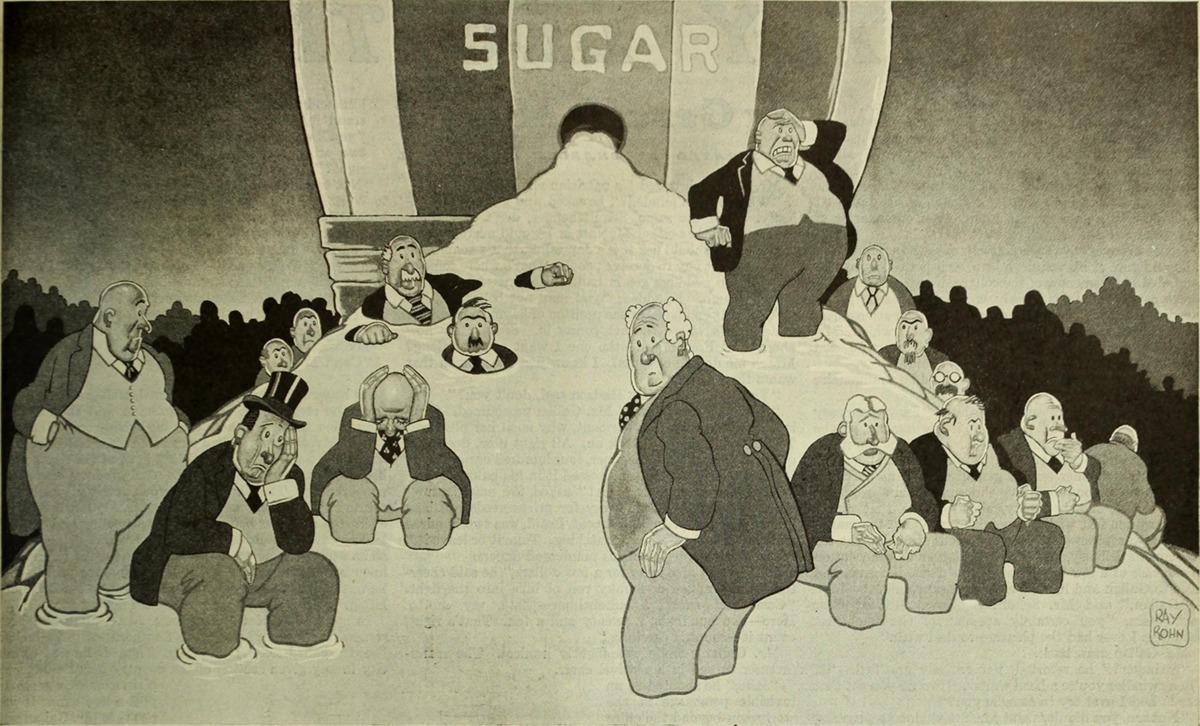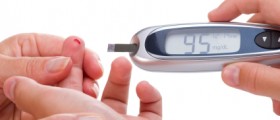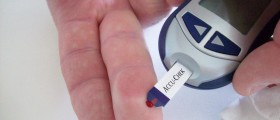
Diabetic coma is one of several complications of diabetes. Since it is life-threatening it must be treated promptly. Diabetic coma develops as a result of hyperglycemia (high blood sugar) or hypoglycemia (low blood sugar). Even though the condition can be quite scary it is treatable and requires immediate medical attention.
Clinical Characteristics of Diabetic Coma
It is essential for all people, particularly those who are close to individuals suffering from diabetes, to be able to recognize symptoms and signs of diabetic coma. The condition results from either high blood sugar level or low blood sugar level.
If the level of sugar increases the introduction of diabetic coma may feature with increased thirst, frequent urination, fatigue, nausea and vomiting and stomach pain. Once the coma develops a person's heart starts to beat faster and there is a characteristic fruity breath odor that originates from ketones.
On the other hand, in case of hypoglycemia patients generally feel shaky or nervous, tired, sweaty and hungry. There may additionally be nausea, increased irritability, irregular or racing heartbeat and confusion.
What Causes Diabetic Coma?
Diabetic coma may develop due to diabetic ketoacidosis, diabetic hyperosmolar syndrome and hypoglycemia.
In case of diabetic ketoacidosis, since there is not enough sugar in the cells, the cells become "hungry" and the body starts breaking down fat stores. The very process of breaking down leads to formation of toxic acids called ketones. The accumulation of ketones is responsible for diabetic coma. This problem generally affects people suffering from type 1 diabetes. However, it may also occur in patients suffering from type 2 diabetes as well as gestational diabetes.
Diabetic hyperosmolar syndrome features with increased level of sugar in blood and excessive elimination of sugar via urine. Excretion of sugar is associated with elimination of excess water from the body which may eventually lead to dehydration and coma. This condition usually affects people with type 2 diabetes.
And finally, hypoglycemia develops due to intake of too much insulin or inadequate intake of food. The condition may also occur in patients suffering from diabetes who exercise vigorously or drink too much alcohol.
Treatment for Diabetic Coma
Treatment for diabetic coma generally depends on whether the level of sugar is extremely high or low.
Patients with high level of sugar in the blood are treated with intravenous fluids and they usually need correction of electrolyte imbalance. The adequate level of sugar is achieved with insulin. It is also essential to treat other underlying conditions that have led to hyperglycemia (for example infections).
Conscious patients suffering from hypoglycemia should be given sugar in some form (fruit juice, glucose or white sugar dissolved in juice or water, glucose tablets etc.). If coma has already developed such patients are treated with injections of glucagon.

















Your thoughts on this
Loading...